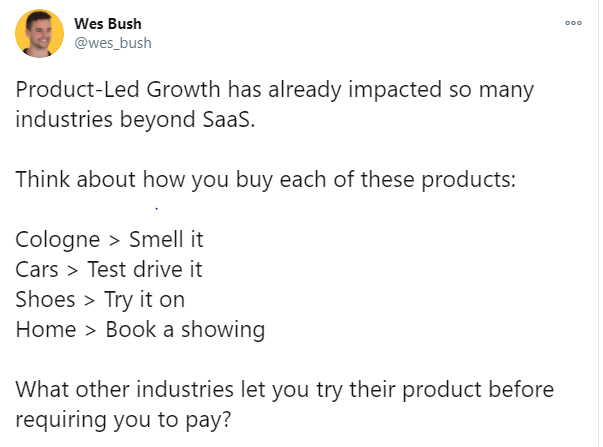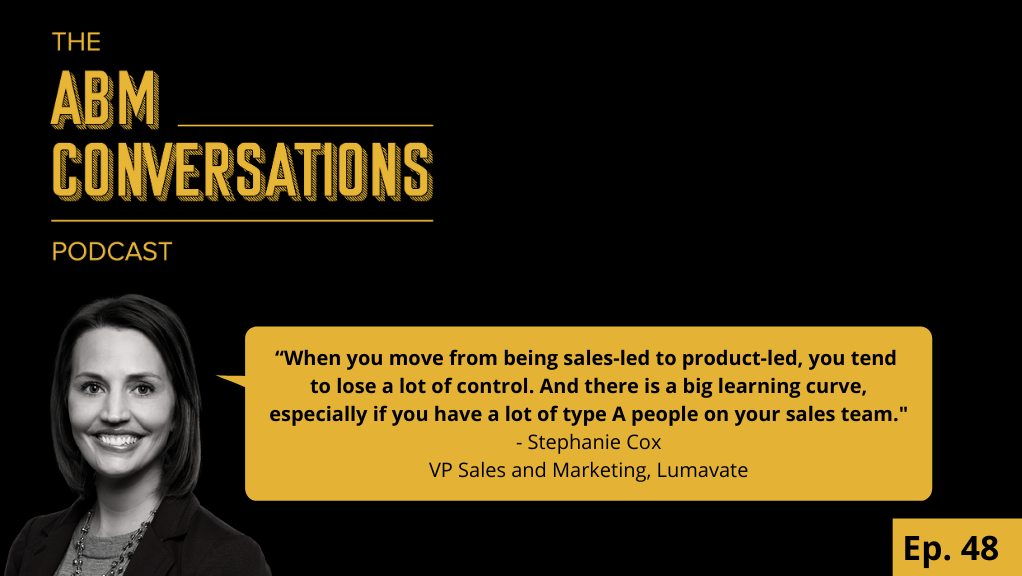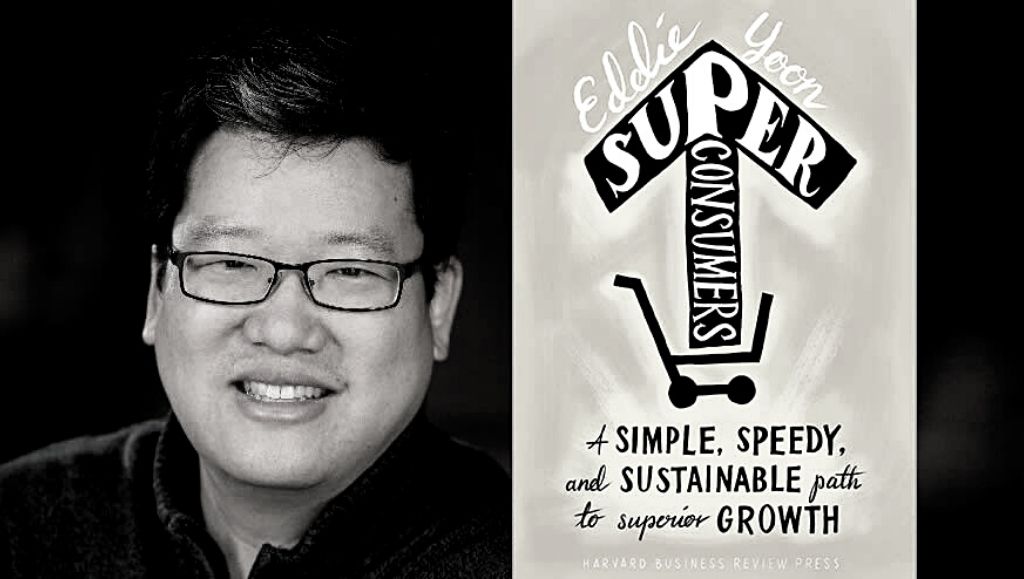If you are marketing to marketers, it’s going to be demanding, challenging, and fun as well. Because marketers will call you on your crap. Why? Because they do what you are doing to them, right? So you have to stand out.
But if you’ve been doing good B2B sales and marketing for quite some time, then it wouldn’t be wrong to assume that you’ve been targeting specific accounts. To aid the process, you also spend time figuring out who your target list is and going after them than the old school spray-and-pray method.
So, with the ABM movement, the practice just got a fancy name. And when you are targeting an account specifically – there are times where sales can be in complete control, and there are times where you can’t do much, like say, when a global pandemic changes everything.
How does the equation change when you decide to go the product-led growth (PLG) way?
First, things first – what does product-led mean?
To keep it simple, it means using your product as a critical channel or vehicle to acquire, activate, and retain customers. If you use Facebook or LinkedIn, you’ve experienced this yourself. I mean, you never read any ebook or whitepaper on the benefits of social networking or professional networking. You just signed in and saw the product in action!


The change in the role of sales and marketing when you go product-led
If you look at enterprise deals, for example, in most cases, the decision happens by committee, a lot of in-person meetings, getting on a plane, shaking hands, etc. But ever since COVID, you realize that it’s probably not going to be able to happen for a long time, like it used to, or you start need to think about the business differently.
So, accelerating into a product-led growth initiative makes a lot of sense. But that doesn’t come without its complications. For example, as a customer, if you are used to signing up for a product and being onboarded by someone from the product’s customer success team, now you are going to create a free account yourself.
Now, talking of how it impacts sales and marketing, going from being a sales-led organization to becoming a product-led growth organization, is hard. It’s hard partially because you’ve been a sales-led organization for such a long time. And, your product was always set up for being sales-led. For example, all your internal processes – the invoices, contracts, the way training happens, are all set to be triggered after a sale is closed. And most importantly, in a sales-led organization, the sales rep often controls what their prospect sees.
When you transition into product-led, you’ll lose a lot of control. You are moving away from a situation where the sales folks were talking about the value of the product or the solution’s value, but now you have no control over what the prospect sees and how they perceive it.


Now, the change is your marketing has to tell a story, which needs to be compelling enough for the prospects to create a free account on your product. Your sales team’s role is to get the prospects to convert their free account into a paid plan because the prospect already knows how the product works.
Therefore, the customer conversations typically aren’t anymore about ‘how does your product add value?’ It moves to discussions such as ‘How do I do X with your product? Can you show me?’
It becomes a very different conversation. It doesn’t mean that there are no more strategic parts to that sale. It means that a sales rep plays a much more complex role than before because now it’s about more than being knowledgeable about the product and selling a vision.
If you are into sales, you have to ask yourself – How do I need to change my sales style? What are the questions I’m going to get asked? What does the current usage pattern of the user tell me?
Understanding the role of marketing in PLG
It’s also crucial for sales leaders, especially when they are separate from the marketing side of things in an organization, to understand that marketers are not just about making things pretty. There’s so much more value a marketing team can bring to the sales team. And that’s not just about helping them get initial meetings booked, but about the value, they can offer across the entire sales process.
So, here are some fundamental changes in the life of a marketer:
- You start using your product as a marketing channel
- You consider user experience in everything you do.
- Equip the product with self-service aspects such as training videos, product value, problems and how to solve them, etc.
- Run growth experiments all the time
- Looking into product usage data daily
- Segment different types of users and buyers
- Reduce dark patterns as much as possible
So, if you see the list, it’s much more than getting leads or sign-ups. Yes, marketers need to bring in the sign-ups. But in a typical PLG setup, marketers become extremely critical and can be very resourceful in helping the prospects move through the funnel faster. Marketing can contribute to many strategic things, especially when you’re targeting the upper mid-market enterprise organizations, where many people might be involved in the buying decision. And their role extends beyond the buying cycle too.
And that includes even after a prospect becomes a customer. Many times, marketing teams tend to think – Oh, it’s a customer. Let me pass it over to customer success or, however, that works in your organization. But in reality, there’s a ton of opportunity in those first couple months of them. Marketing folks need to partner with the customer success teams during the onboarding cycle to deepen that relationship further and set the grounds for a great renewal.
Where is all this headed?
To sum up, as more products get into the product-led movement, sales and marketing will have to become more crossfunctional than ever. Content marketers will have to build relationships with customers and develop product demo scripts and stories based on what they see the most value. Not based on features.
As more things move into the customer’s control than the seller, though it may not be the most comfortable setup for the product owner, it’s headed towards making it a fantastic customer experience.


